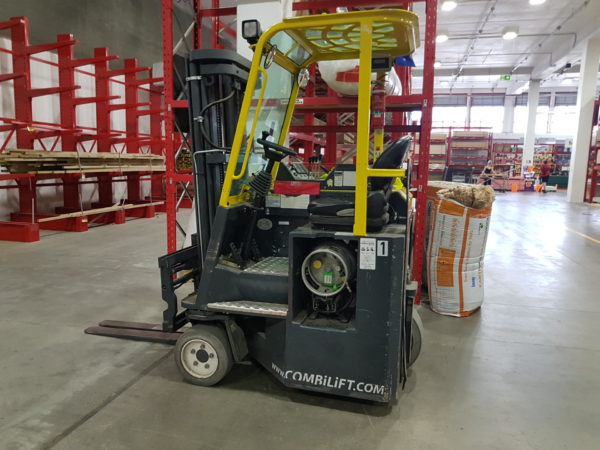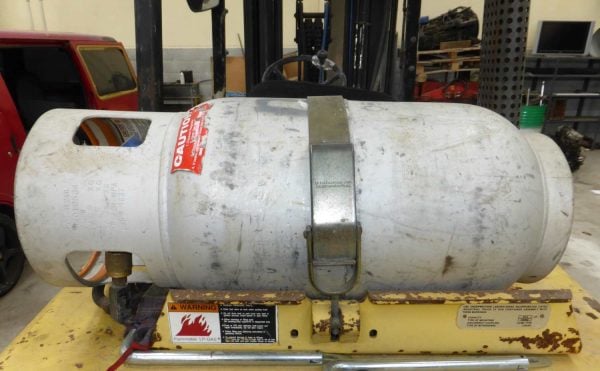As more and more safety compliance responsibility is heaped on companies, some are finding it difficult to achieve dangerous goods compliance when they are using forklifts with LPG cylinders. Cylinders attached to a forklift are not counted as being in storage, but if you have more than 100kg of LPG cylinders on your premises, you will need to comply with the requirements for safe storage.

LPG is a flammable gas and a leak is not only combustible but can also cause asphyxiation. An LPG bottle is not large enough to require forklift operators to have an Approved Filler’s certificate – that kicks in at 110kg – but some companies that provide dangerous goods compliance certificates are failing companies for not providing enough information to their forklift drivers.

Forklift training should make mention of the basic refuelling or recharging practices for each of the types of fuel forklifts would commonly use: LPG, batteries, diesel, petrol and hydrogen. WorkSafe requires that employers train their forklift operators who swap LPG bottles. You can do that with this Forklift LPG Cylinder Training course.
Three options for training operators of LPG-powered forklifts
- Choose a forklift course which contains a detailed section on how to change the LPG bottle on an LPG-powered forklift
- Develop your own in-house training program that covers information required for dangerous goods compliance
- Use an external training provider that supplies a specific course on safely exchanging gas cylinders.
The requirements for supervision and training of workers if covered in part 4.5 of the regulations and states:
The training and instruction must include—
(a) training and instruction in the following:
(i) the physico-chemical and health hazards associated with the hazardous substances the worker uses at work:
(ii) the procedures (if applicable) for the safe use, handling, manufacture, storage, and disposal of the hazardous substances:
(iii) practice in the safe use of plant (including personal protective equipment) necessary to manage the hazardous substances:
(iiia) the worker’s obligations under these regulations:
(iv) the actions that the worker should take in an emergency involving the hazardous substances; and
(b) an appropriate period of practical experience of the matters described in paragraph (a), under direct supervision in the workplace.
Health and safety at Work (Hazardous Substances) Regulations 2017
A course should cover:
- The characteristics of LPG
- How to safely store LPG cylinders
- What to do if there’s a leak or a fire
- What causes LPG to ignite
- The parts of a forklift cylinder
- How to check the forklift cylinder before exchanging it
- How to exchange the forklift cylinder
- How to determine if there’s a leak
- Requirements for PPE and fire-fighting equipment
If a course is specific to your company, it should also include any specific characteristics related to the forklifts used in relation to the LPG cylinder, e.g. pre-start checks and blind spots.
Remember to keep a record of all training and that the record can easily be made available to an inspector or compliance certifier, as per 4.5(b).
There is more information available from WorkSafe – as mentioned above, you can train your operators online using our course and DT will store the training record for you.
What if forklift drivers handle dangerous goods?
If your forklift driver is moving dangerous goods around the warehouse, then they should have a dangerous goods handler certificate and should have had spill kit training.

